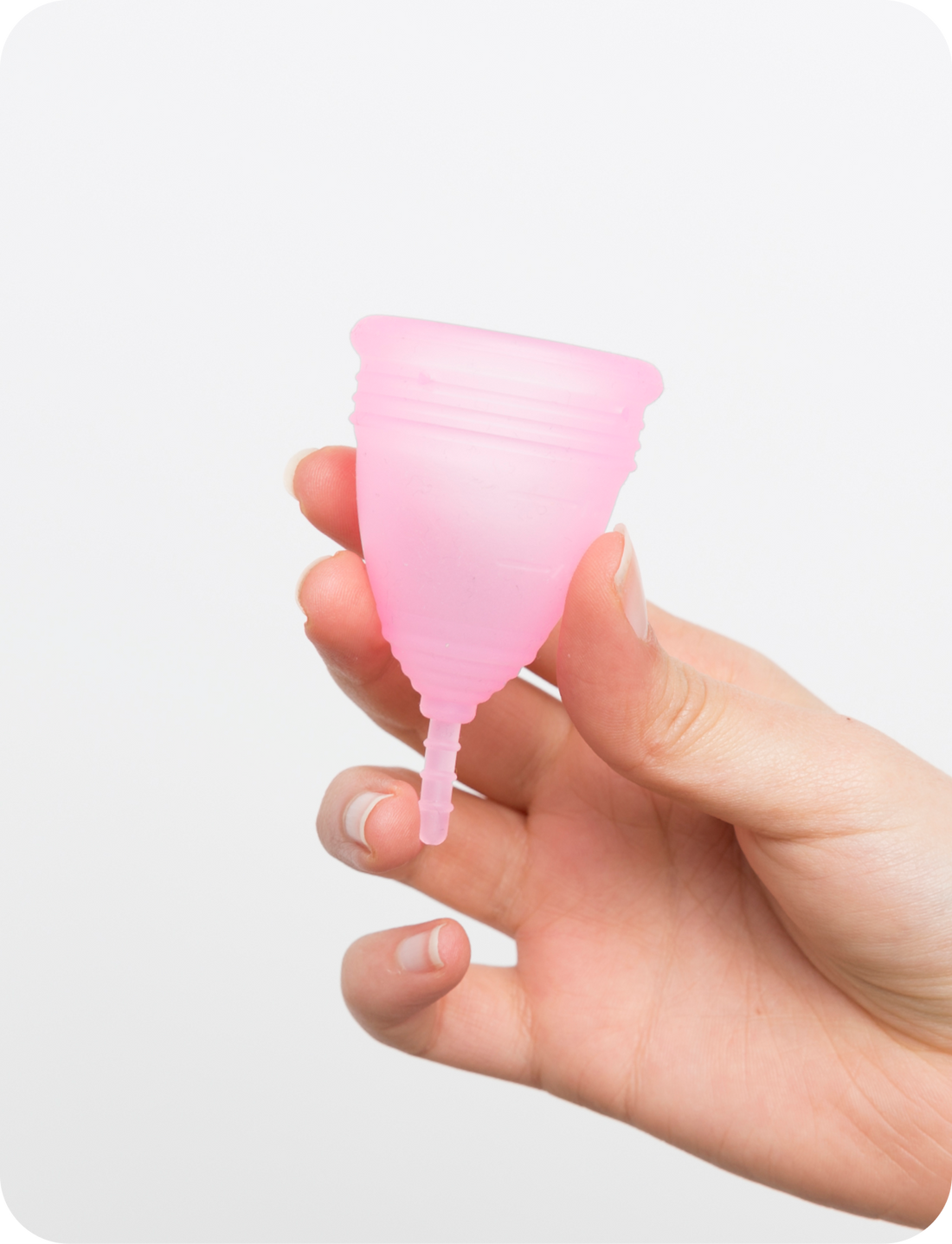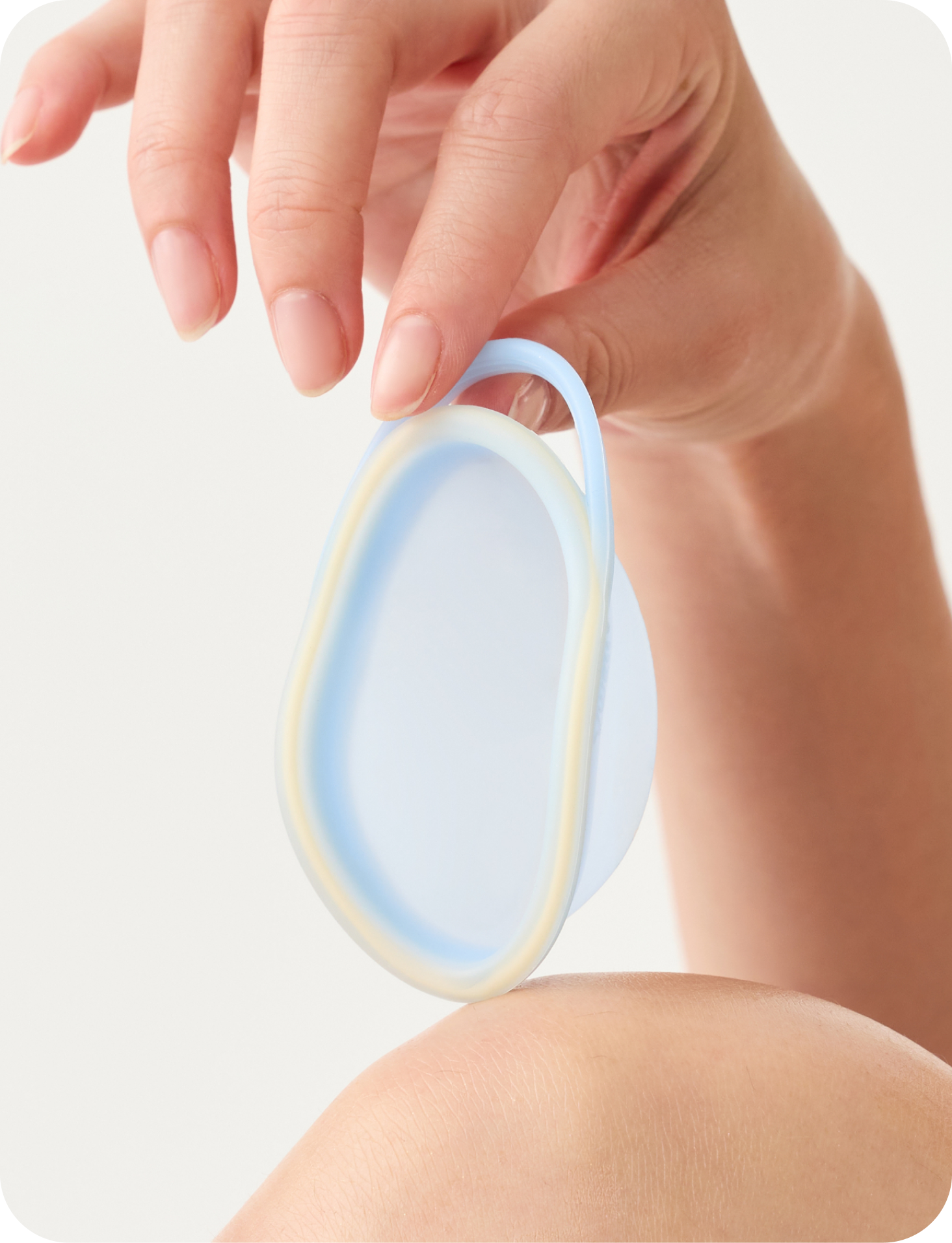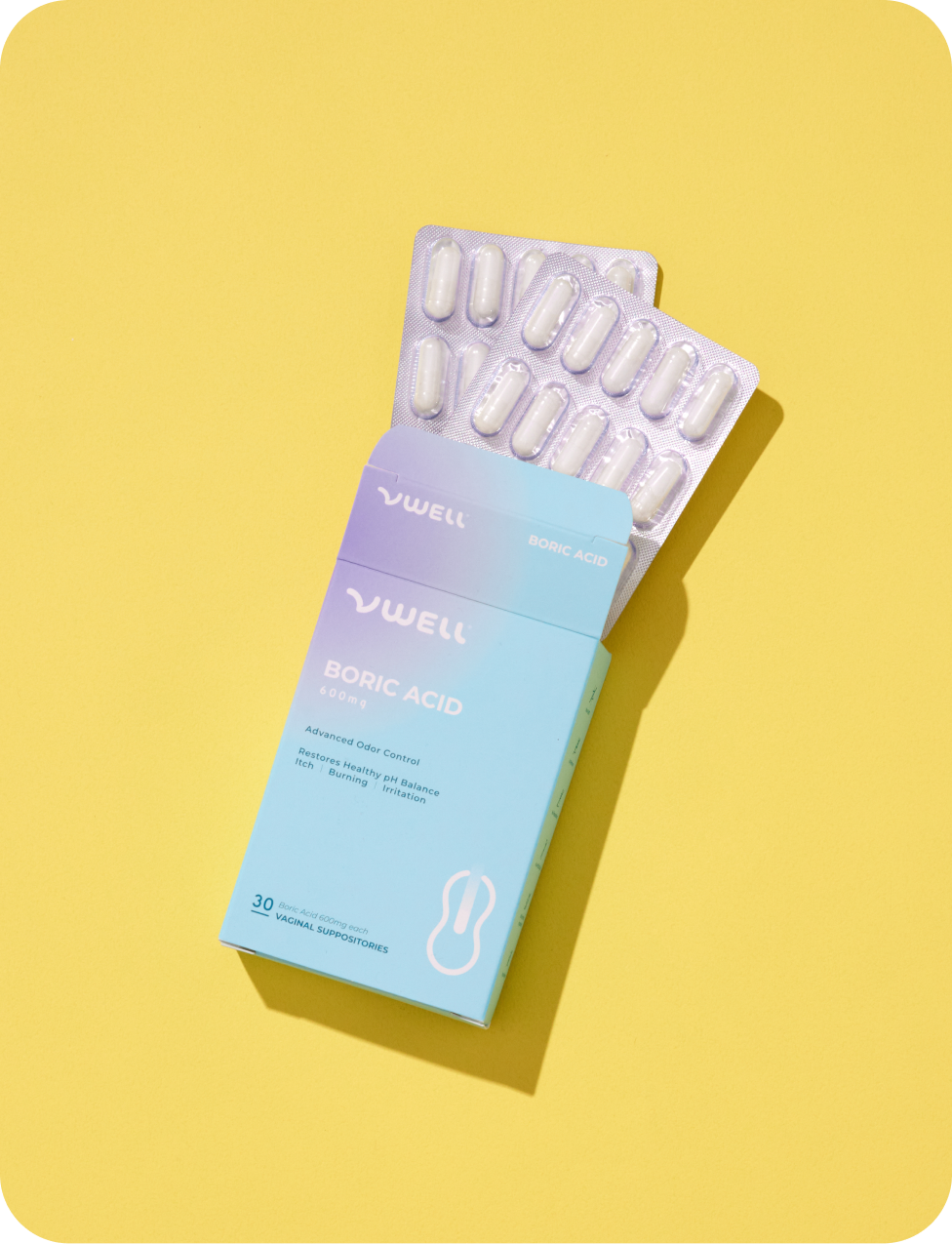Menstrual cups have gained popularity as a sustainable and cost-effective alternative to tampons and pads. However, with recent news revealing that some tampons contain toxic metals like lead and arsenic, many are now asking: Are menstrual cups safe? In this article, we'll explore the potential risks and benefits of using menstrual cups to help you make an informed choice.
Table of Contents
- What Are Menstrual Cups?
- Potential Risks of Menstrual Cups
- Are Menstrual Cups Safe for All Women?
- How Do You Know Which Cup Is Right for You?
- FAQs
- Best Alternative to Menstrual Cups
What Are Menstrual Cups?
Menstrual cups are flexible, bell-shaped devices made from medical-grade silicone, rubber, or TPE (thermoplastic elastomer). Unlike tampons or pads, which absorb menstrual fluid, these cups collect it, so you can empty, clean, and reuse them.
They sit in the vaginal canal, forming a suction seal to prevent leaks. Menstrual cups come in various shapes and sizes, offering up to 12 hours of protection. Some cups can last up to 10 years with proper care, though manufacturers offer disposable, single-use options.
Potential Risks of Menstrual Cups
Some beginners might experience discomfort when inserting a menstrual cup, while a few could encounter more serious complications, like Toxic Shock Syndrome (TSS). However, understanding how and why these issues happen can go a long way in helping you avoid any trouble.
1. Irritation
For new users, inserting and removing a menstrual cup can be challenging. Improper insertion may cause discomfort, and incorrect removal could lead to irritation or minor injuries. Some women report feeling a suction effect if the seal isn’t broken before removal. However, with practice and the right technique, these issues are often preventable.
Applying a small amount of water-based lubricant to the outside of the cup can help. Be sure to check the manufacturer’s recommendations on the packaging for additional guidance. Irritation may also occur if the cup isn’t the right size or cleaned properly between uses.
2. Infection
Menstrual cups are generally considered safe when used properly, but improper usage or poor hygiene practices can increase the risk of infections. If you don’t wash your hands before and after use or clean the cup between uses, bacteria from your hands can transfer to the cup, potentially leading to infections like bacterial vaginosis or yeast infections. To prevent this, it’s important to:
- Wash your hands thoroughly with warm water and mild, fragrance-free soap before inserting or removing the cup.
- Clean the cup during your cycle with warm water and mild, fragrance-free soap, and sterilize it before and after each menstrual cycle.
When proper hygiene is practiced, the risk of infection is minimal.
3. Toxic Shock Syndrome (TSS)
TSS (Toxic Shock Syndrome) is a rare but serious condition caused by toxins secreted by certain bacteria, like Staphylococcus Aureus or Streptococcus. It’s linked to bacterial infections and can be life-threatening if untreated. TSS is usually associated with tampons, especially when they are left in too long or when using a higher absorbency than needed.
Although TSS can also occur with menstrual cups, the risk is very low. To further reduce this risk, avoid leaving the cup in for more than 12 hours, clean it thoroughly, and follow the manufacturer’s instructions.
Are Menstrual Cups Safe for All Women?
Most women can safely use menstrual cups, but there are certain situations where caution is advised:
- Younger Women or Women Who Haven't Been Sexually Active: For them, using a menstrual cup may be challenging due to vaginal tightness. But don’t despair—smaller sizes are available. Consulting a healthcare provider can help address any concerns.
- Women With IUDs: Menstrual hygiene products, including cups, are generally safe when used with an IUD. However, while large-scale reviews show no major impact on IUD placement, there have been seven reported cases of expulsion linked to menstrual cup use, especially in women who had their IUDs placed recently (6 weeks to 13 months). If you have an IUD, it’s important to learn proper insertion and removal techniques, so consult your gynecologist to ensure safe use.
- Women With Certain Medical Conditions: Using a menstrual cup can be uncomfortable when suffering from conditions such as vaginismus, uterine fibroids, endometriosis, or variations in uterine position. These conditions don’t automatically rule out cup use, but it’s advisable to consult a healthcare provider to discuss benefits, risks, and product options.
How Do You Know Which Cup Is Right for You?
Choosing the right menstrual cup can feel overwhelming since it comes in different shapes and sizes. Here are a few tips to help you figure out what works best for you:
Size
Most brands offer cups in “small” and “large” sizes, but sizing isn’t consistent across all manufacturers. Generally, small cups are about 35 to 43 mm in diameter at the rim, while large cups usually range from 43 to 48 mm. When picking a cup, consider your age and whether you’ve had kids, along with your expected flow. It’s not just about how much the cup can hold; you also want to ensure it fits well.
If you’ve never had intercourse or typically use lower-absorbency tampons, a smaller cup might be the way to go. On the other hand, if you’ve had a vaginal delivery or have a weaker pelvic floor, a larger cup could be a better fit. Sometimes, finding the right size means a bit of trial and error!
Material
Most menstrual cups are made from medical-grade silicone, but some may contain rubber. If you have allergies, check the product label for anything that could cause skin irritation or an allergic reaction.
FAQs
1. Can menstrual cups or discs be used overnight?
Yes, menstrual cups and discs can be used overnight, providing up to 12 hours of protection. They are designed to help prevent leaks during the night and reduce the need for bathroom trips. However, it is important not to exceed the 12-hour limit to reduce the risk of infection.
2. Can I go to the bathroom without removing the menstrual cup or disc?
Yes, you can urinate and have bowel movements without removing a menstrual cup or disc. They are positioned in the vaginal canal, while the urethra and rectum function separately. Some users may adjust or remove the cup or disc before bowel movements for additional comfort, but this is not required.
3. Can a menstrual cup or disc get lost inside my body?
No, a menstrual cup or disc cannot get lost inside the body. The cervix prevents it from moving beyond the vaginal canal. If removal is difficult, relaxing and squatting may help lower the cup or disc, making it easier to take it out.
4. Are menstrual cups gynecologist-recommended?
Yes, menstrual cups are often recommended by gynecologists as a safe and effective option for menstrual management. The American College of Obstetricians and Gynecologists (ACOG) lists menstrual cups as a valid option, though they do not endorse any method over the others. If you have recurrent vaginal infections or specific health concerns, it is recommended to consult your doctor before using a menstrual cup.
Not Feeling the Cup? Try the HALO Menstrual Disc Pod
If the idea of using a menstrual cup feels a bit overwhelming or if you’ve tried one and it’s not your style, check out the HALO Menstrual Disc Pod. This sleek, disc-shaped alternative is designed for ultimate comfort and ease of use. It fits securely and comfortably, accommodating most women without the stress of sizing.
One of the best features is its one-handed insertion and handy pull-tab design, making removal a breeze—no more fumbling around! With an advanced anti-leak system, the HALO Disc Pod ensures a mess-free experience, even during intimate moments. Plus, they’re often gentler on a sensitive pelvic floor since they exert less pressure than traditional cups.
So, if you’re looking for an eco-friendly, long-lasting option that has an innovative design, the HALO Menstrual Disc Pod is worth checking out!



